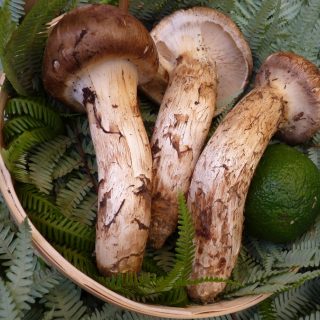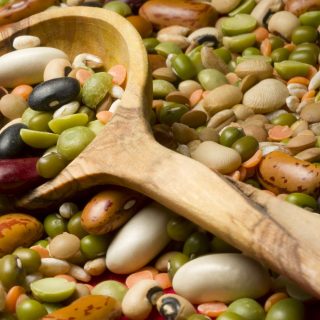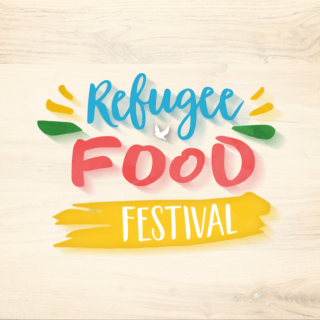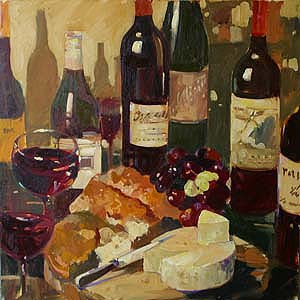 Gene Banks and the World’s Food contributes to the crucial debate on how best to preserve some of society’s most valuable raw material. The authors also provide an up-to-date report on the status and locations of gene banks, which includes the latest available information on germplasm holdings by crop. They (hen discuss how these holdings are being used to develop better crop varieties for the benefit of people around the world.Originally published in 1986.The Princeton Legacy Library uses the latest print-on-demand technology to again make available previously out-of-print books from the distinguished backlist of Princeton University Press. These paperback editions preserve the original texts of these important books while presenting them in durable paperback editions. The goal of the Princeton Legacy Library is to vastly increase access to the rich scholarly heritage found in the thousands of books published by Princeton University Press since its founding in 1905.
Gene Banks and the World’s Food contributes to the crucial debate on how best to preserve some of society’s most valuable raw material. The authors also provide an up-to-date report on the status and locations of gene banks, which includes the latest available information on germplasm holdings by crop. They (hen discuss how these holdings are being used to develop better crop varieties for the benefit of people around the world.Originally published in 1986.The Princeton Legacy Library uses the latest print-on-demand technology to again make available previously out-of-print books from the distinguished backlist of Princeton University Press. These paperback editions preserve the original texts of these important books while presenting them in durable paperback editions. The goal of the Princeton Legacy Library is to vastly increase access to the rich scholarly heritage found in the thousands of books published by Princeton University Press since its founding in 1905.
Order the book
Food 2.0 LAB in association with Amazon
Books by the same author –



















